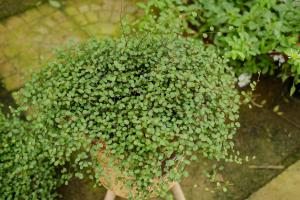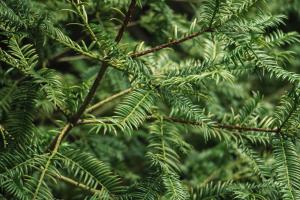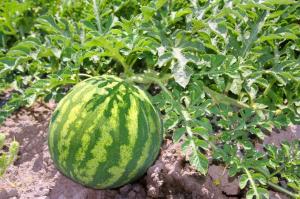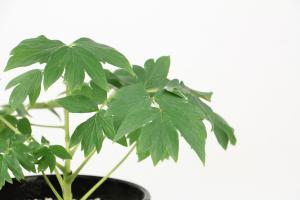1、 Curing method
1. It can grow directly in fertile soil and woody debris, which is good for its own growth

2. Light: it likes milder light. It should be cultured in sunny places, so that it can grow healthily. If it is in summer, avoid long-term direct sunlight
3. Temperature: it will grow better in the environment of 17-27 ℃. It is a plant that is not resistant to high temperature. It is best not to exceed 33 ℃ in summer. Its cold resistance is not very strong. Try to keep it above 0 ℃ in winter, so that it can survive the winter safely. Pay attention to adjusting the temperature in winter and summer

4. Moisture: Coix needs a lot of water when growing. The climate is hot in spring and summer, so it can be watered twice a day. In autumn and winter, just water it once a day
2、 Breeding skills
1. Sowing: select some fresh and plump seeds, put the seeds evenly in the soil, and pay attention to replenishing water and moisture when it sprouts, otherwise the soil will be too dry and affect the normal germination of seeds
2. Pruning: it is suitable for pruning in summer. When it grows, it will have dense and complicated branches and leaves. Therefore, some useless branches should be pruned to avoid unnecessary nutrient loss

3、 Diagnosis and treatment problems
1. Smut: it will cause mildew on the part of its ears. After finding it, cut off the diseased ears or branches as soon as possible to avoid infecting other branches, and spray with methyl tobuzin in time
2. Leaf blight: there will be spots on the leaves and they will turn yellow, so the diseased leaves should be removed in time to avoid infection, and then sprayed with Difenoconazole for disinfection

4、 Other issues
1. Ripening time: the season for harvesting it is autumn. It can be picked in autumn. After October, its stems and leaves will wither and yellow
2. Edible: the Coix seed of Coix is edible, because it is a common grain, which is often eaten by people and will not cause unnecessary trouble


 jackfruit
jackfruit snake plant
snake plant hibiscus
hibiscus hydrangea
hydrangea lavender
lavender Green roses climb al...
Green roses climb al... If you don't pay att...
If you don't pay att... Management of four g...
Management of four g...


































